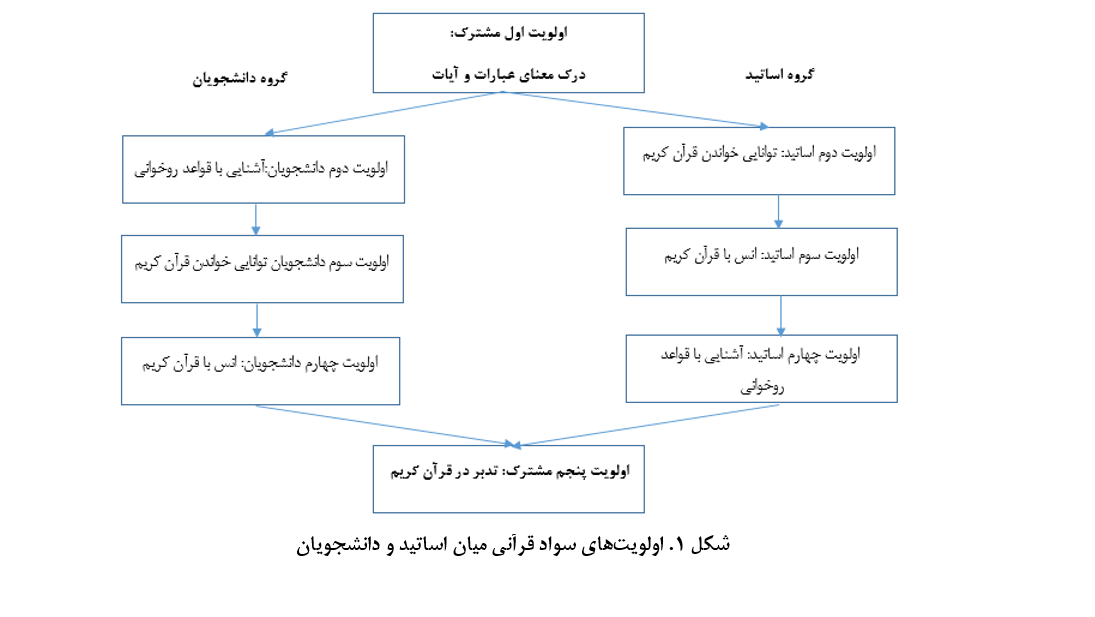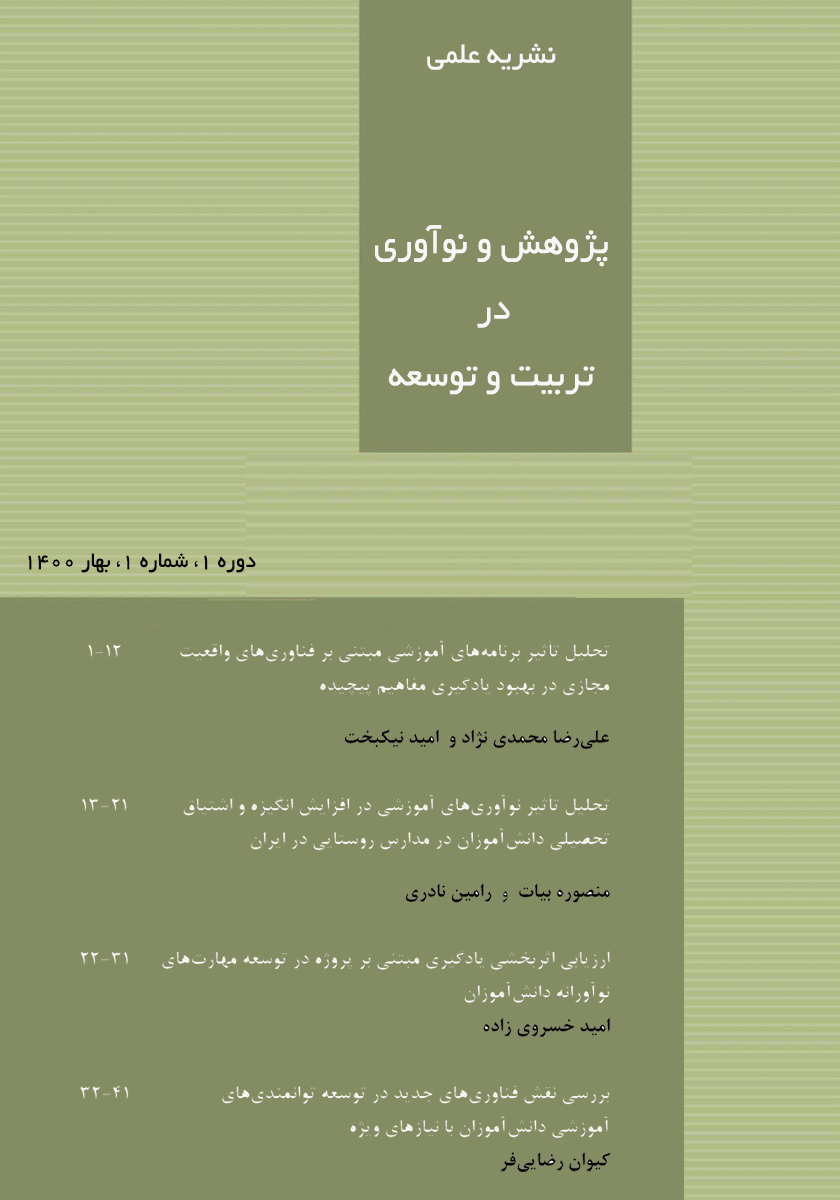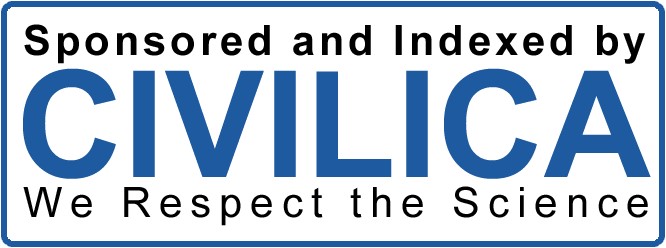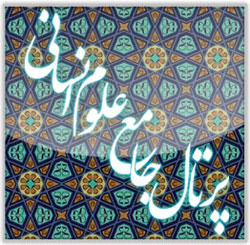The Relationship Between Mystical Wisdom and Culture in the Impact of Persian Painting on the Psychological Calmness of the Audience in Educational Contexts
Keywords:
Iranian Painting, Mystical Wisdom, Culture, Psychological Calmness, Educational ContextsAbstract
This research has been conducted with the aim of investigating the relationship between religious mysticism and culture in the effect of the atmosphere of Iranian painting on the mental peace of the audience in educational situations. Considering the importance of using artistic tools in improving the learning process and reducing psychological pressures in educational environments, this study aims to establish the position of Iranian painting not only as a decorative art, but as an epistemic and cultural platform that can provide deep understanding and relaxation. It helps and enlightens the mind of the audience. The current research method is review and analytical and based on related sources in the fields of Islamic mysticism, Iranian culture, and painting art. The obtained findings show that Iranian painting, rooted in mystical concepts and Islamic-Iranian culture, provides a platform where visual aesthetics is mixed with deep epistemic and spiritual meaning. On the one hand, this combination allows learners to change from a passive receiver of information to an active interpreter, and on the other hand, it removes the dry and stressful learning environment and turns it into a rich, calm and inspiring environment. makes The presence of Iranian painting in such spaces can help to moderate stress, increase concentration, deepen understanding, expand worldview, and enhance the learning experience. This art acts as a bridge between theoretical knowledge, cultural values and human inner experiences and encourages the audience to have a more comprehensive understanding of the world instead of just accumulating data. Get educational positions. Based on these results, it is suggested that curriculum designers, educators, and policy makers in the field of education use Iranian painting as an efficient tool to create relaxing, inspiring and meaning-making educational environments, and deepen the learning process by combining the concepts of religious mysticism and culture. And make them more humane.
Downloads
References
Le TH. Age Differences in Spirituality, Mystical Experiences and Wisdom. Ageing and Society. 2008;28(3):383-411.
doi: 10.1017/s0144686x0700685x.
Samanian K. Identification of Green Pigment Used in Persian Wall Paintings (1501-1736) Using PLM, FT-IR,
SEM/EDX and GC-MS Techniques. Archaeometry. 2014;57(4):740-58. doi: 10.1111/arcm.12102.
Diba LS. Muhammad Ghaffari: The Persian Painter of Modern Life. Iranian Studies. 2012;45(5):645-59. doi:
1080/00210862.2012.702551.
Huang Y. The Influence and Function of the Public Art Industry on Aesthetic Education Under the Background of
New Curriculum Reform. Herança. 2023;6(2):174-89. doi: 10.52152/heranca.v6i2.758.
Ismail MU, Ramli Z, Zakaria RMA. Turco-Persian Influence in the Islamic Art of the Malay Archipelago. 2022. doi:
2991/assehr.k.220408.019.
Atari M, Afhami R, Mohammadi-Zarghan S. Exploring Aesthetic Fluency: The Roles of Personality, Nature
Relatedness, and Art Activities. Psychology of Aesthetics Creativity and the Arts. 2020;14(1):125-31. doi:
1037/aca0000200.
Song W, Kim B. Culture and Art Education to Promote Cultural Welfare in Civil Society. Social Sciences.
;8(12):322. doi: 10.3390/socsci8120322.
Saadi-nejad M. Mythological Themes in Iranian Culture and Art: Traditional and Contemporary Perspectives. Iranian
Studies. 2009;42(2):231-46. doi: 10.1080/00210860902764946.
Zakeri S. The Saqqa-Khaneh Calligraphy-Painting Movement in Iran. Barcelona Investigación Arte Creación.
;9(3). doi: 10.17583/brac.6373.
Hassanzadeh A, Karimi S. The Interaction Between Language and Ritual in the Pilgrimage of Shabe-Arus (Wedding
Night). Anthropology of the Middle East. 2022;17(2):118-39. doi: 10.3167/ame.2022.170208.
Zahra F, Shahir NS. Characteristics of Islamic Calligraphy: Nasta‘liq, Persian Calligraphy Influences on Mughal
Architecture of 17th Century. Hamdard Islamicus. 2023;46(2). doi: 10.57144/hi.v46i2.657.
Nagel I, Damen ML, Haanstra F. The Arts Course CKV1 and Cultural Participation in the Netherlands. Poetics.
;38(4):365-85. doi: 10.1016/j.poetic.2010.05.003.
Wang M. A Comparative Study of Public Art Education by the State Theaters in Korean and China. SHS Web of
Conferences. 2023;158:02008. doi: 10.1051/shsconf/202315802008.
Žnidaršič J. The Impact of Arts and Cultural Education on Pupils’ Opinions of Musical Culture – Interdisciplinary
Project. Croatian Journal of Education - Hrvatski Časopis Za Odgoj I Obrazovanje. 2020;22. doi: 10.15516/cje.v22i0.3837.
Vanherwegen D, Lievens J. The Mechanisms Influencing Active Arts Participation: An Analysis of the Visual Arts,
Music, and the Performing Arts. Sociological Inquiry. 2014;84(3):435-71. doi: 10.1111/soin.12043.
Mousavi SZ, Jafari R, Maroufizadeh S, Shahramnia MM, Pourmohammadi M, Jalilehvand N. Translation, Validity,
and Reliability of the Persian Version of Aphasia Rapid Test for Acute Stroke. Function and Disability Journal. 2020;3(1):101-
doi: 10.32598/fdj.3.15.

Downloads
Published
Submitted
Revised
Accepted
Issue
Section
License
Copyright (c) 2024 Journal of Study and Innovation in Education and Development

This work is licensed under a Creative Commons Attribution-NonCommercial 4.0 International License.










